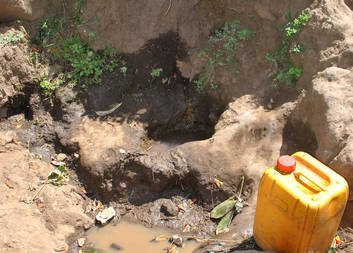March 24, 2016
Ethiopia
The impact of the 2015-16 El Niño weather phenomenon has been one of the most intense and widespread in the past one hundred years. The agriculture, food security and nutritional status of 60 million people around the globe has been affected by El Niño-related droughts, floods and extreme hot and cold weather. While the El Niño itself has passed its peak and is now declining, its impact is still growing.
The joint FAO-IFAD-OCHA-WFP event had the following objectives:
- Promote a shared understanding of the impact of the El Niño on Food Security and Agriculture and other sectors.
- Review current and planned responses and identify gaps and priorities for action.
- Agree on key action and which enable early response to and mitigation of future risks.
The meeting produced four results:
- A document outlining broad agreements among UN agencies drafted by end of next week There will be a meeting of an inter-agency steering group to help operationalise the short and long-term commitments expressed in the document.
- A resource mobilisation meeting will be held in the near future.
- An inter-agency protocol for future responses to El Nino/La Nina events will be agreed by December 2016.
- What seems clear is that despite much timely planning and preventative actions, response efforts are severely limited by a lack of funding, with Ethiopia - at 50% - being the “best” funded El Niño response to date. There are a number of national response plans with 0% funding. Without urgent, additional major investments by donors, more lives and livelihoods will be at even greater risk.







